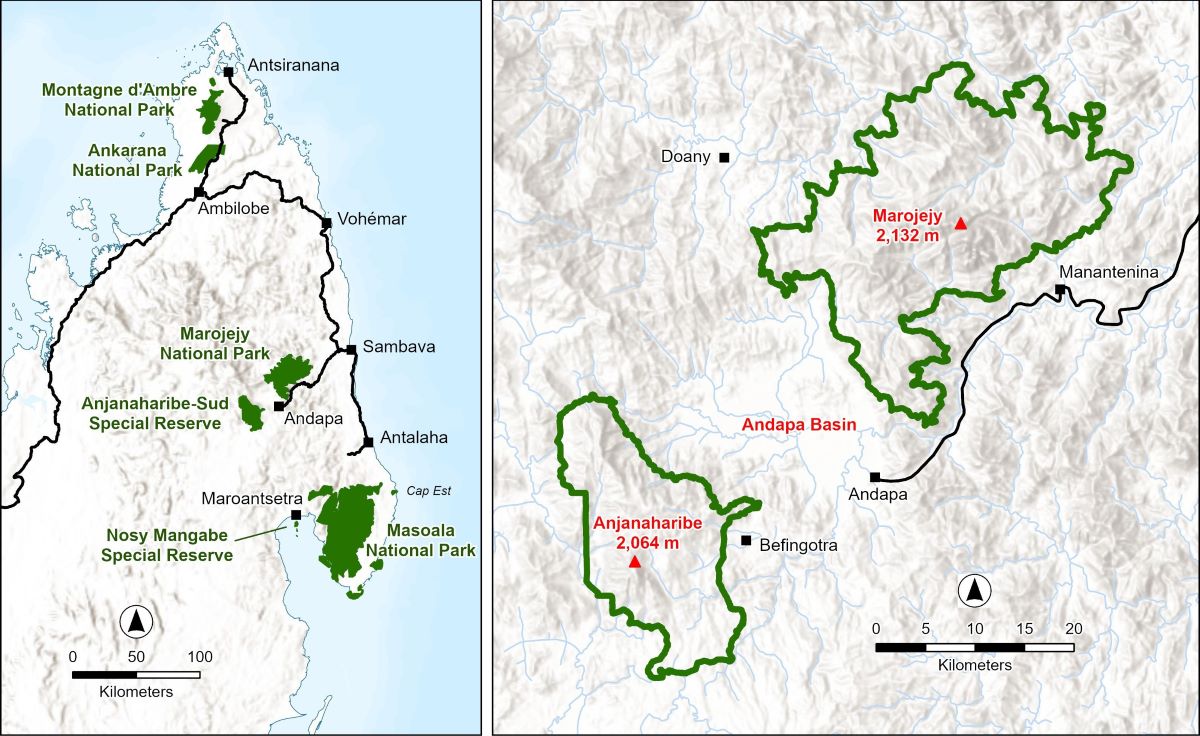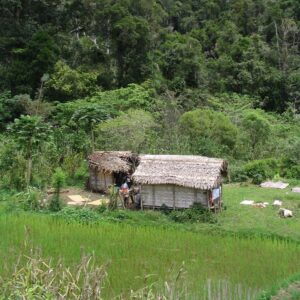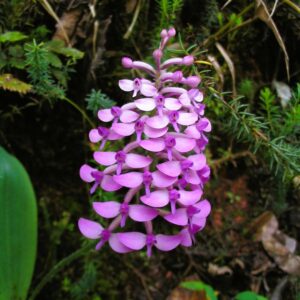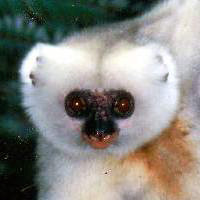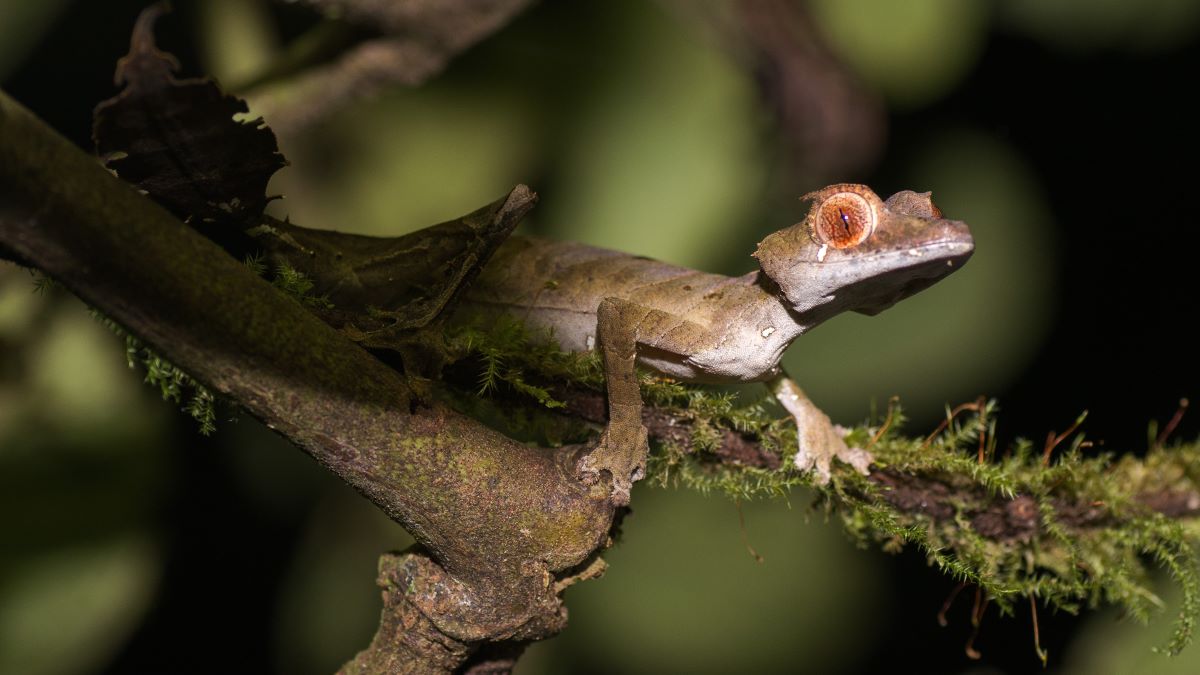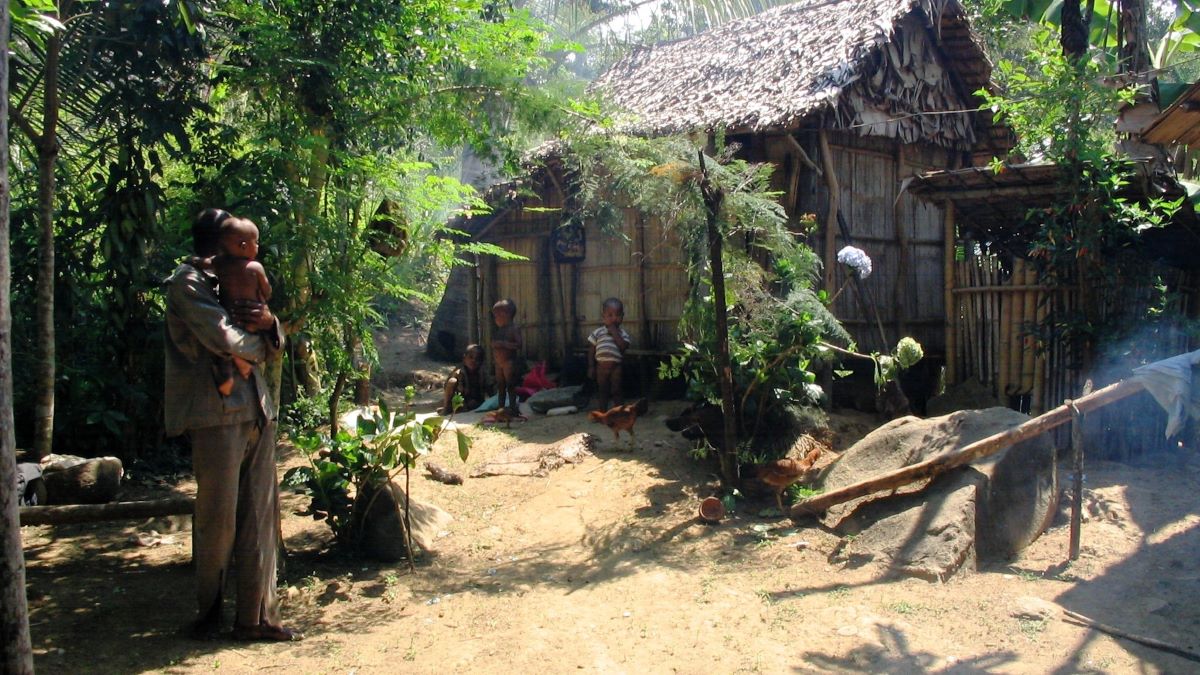About Marojejy
Marojejy is one of the most strikingly beautiful and wild areas of Madagascar. It is unique in the world, a place of dense, jungly rainforests, sheer, high cliffs, and plants and animals found nowhere else on earth.
Located in the rainforests of northeastern Madagascar between the towns of Andapa and Sambava, the Marojejy Massif was first described by Professor Henri Humbert of the Paris Natural History Museum in 1948. Humbert was an eminent botanist who arrived in Madagascar after exploring many of the mountain ranges in Africa. Following his expedition to Marojejy, Humbert published a book entitled A Marvel of Nature, in which he described Marojejy as the most impressive range in all of Madagascar due to its grandeur, its rich flora, and especially its pristine natural state. His enthusiasm led him to ensure that Marojejy was protected as one of Madagascar’s strict nature reserves.
Marojejy remained listed as a strict reserve from 1952 to 1998, when its status was changed to that of a national park. This change removed the restrictions which limited entry to research scientists only. As a national park, Marojejy now welcomes all visitors.
In June of 2007, Marojejy was officially designated a UNESCO World Heritage Site in recognition of its unparalleled biodiversity and stunning landscapes. Marojejy shares this World Heritage Site status with five other national parks that protect Madagascar’s eastern “Rainforests of the Atsinanana.”
Marojejy National Park comprises 55,885 hectares (138,095 acres) of land and protects the entire Marojejy Massif. The forests, ranging from low altitude rainforest through to high altitude montane scrub, harbor an impressive list of plants and animals: at least 275 species of ferns, 35 species of palms, 158 species of amphibians and reptiles, and 120 species of birds. The park is also home to 12 species of lemurs, including the critically endangered Silky Sifaka (Propithecus candidus).
Rugged and untamed, Marojejy is one of the few places in the world where you can hike from the dense, vine-shrouded jungle to the high mountain tundra in a relatively short distance. Even if you are not a seasoned biologist, you can’t help but note the extreme diversity of life forms and the changes in plant communities you encounter as you climb the mountain. Marojejy will appeal to all who value nature, the mountains, and wild places.
The Landscape
The Marojejy Massif lies in the center of a crescent of mountains and forests which extend almost uninterrupted between Tsaratanana in the northwest, southward to the Masoala Peninsula. It is rugged country, with elevations ranging from 75 m (250 feet) up to the summit of Marojejy Peak itself at 2,132 m (6,995 ft). In general, the northern flanks of the massif rise along relatively gentle slopes, then break on the south sides in sheer vertical rock walls many hundreds of meters high.
The Biodiversity
Marojejy harbors a remarkably diverse set of plants and animals, many of which are endemic to the area. This is due primarily to the wide range of habitats found on these mountain slopes. Ninety percent of Marojejy National Park is covered in forests which are extremely varied and unevenly distributed. Many factors influence the distribution and structure of these forests, but the most important are the wide elevational span and the rugged topography seen in these mountains.
The People
The rugged and isolated area around Marojejy was first permanently settled in the mid-1800s, but it remained extremely lightly populated until the 1960s when the Sambava-Andapa Road was constructed. Now, the area shows very high population densities. Dominant ethnicities are Tsimihety and Betsimisaraka. Most people are subsistence farmers, cultivating rice in irrigated paddies in valley bottoms, and on hillsides by traditional swidden agricultural practices.
The Threats
National parks and other protected areas around the world have always faced threats and other challenges from outside interests, and Marojejy is no exception. The situation in Marojejy today is more tenuous than ever. Nearly all the surrounding area has been deforested, leaving Marojejy as a last refuge for many species of plants and animals that once thrived throughout northeastern Madagascar. Some of these species, including the Silky Sifaka, are on the brink of extinction.
